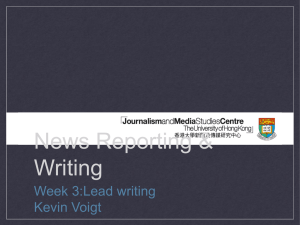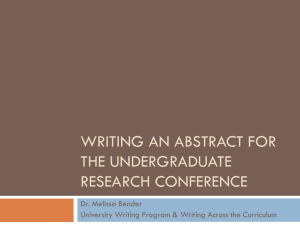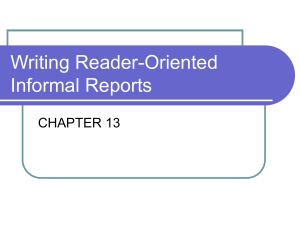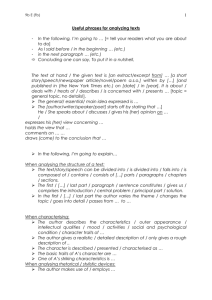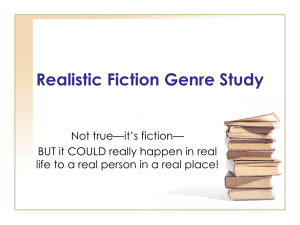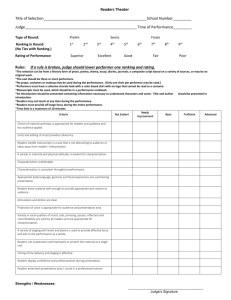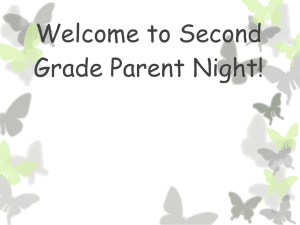News Reporting & Writing
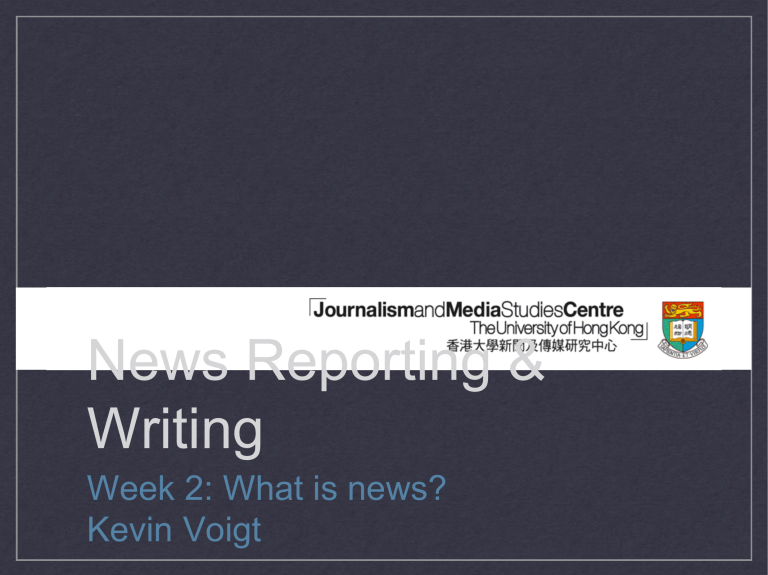
News Reporting &
Writing
Week 2: What is news?
Kevin Voigt
What is it?
• Is journalism a science, or is journalism an art?
Types of reporters
Traditional newspaper model
General Assignment
Beat
Specialty
Emerging model
Super-specialist, blogger, commentator, etc.
Is it news? 7 questions
Is it “ new ” ? Recent?
Does it affect many people?
Does it affect many people in my intended audience?
Does it involve well-known people, places or institutions?
Does it involve conflict or struggle?
Is it unique or rare?
Do you think it ’ s important?
The 5 “ W ” s & 1 “ H ”
Who
What
When
Where
Why
How
News versus Features
• News stories ( “ straight ” news or “ hard ” news)
• Focusing usually on WHAT happened, WHEN and
WHO was affected and WHERE
• WHO can make it more news worthy (public official/celebrity – people you have a reasonable expectation the readers know)
Features
• Feature stories ( “ color ” stories, “ soft ” newsalthough I dislike both the “ hard ” and “ soft ” )
• Best typically bring to surface information the reader didn ’ t know about, or makes the common seem uncommon
• The best of both types of stories are “ new ” to the reader, hence “ news ”
• Contrary to expectations – “ counterintuitive ”
Hard news v. Features
• Although most new non-fiction writers prefer to write feature stories, actually these are the most difficult to do well
• Skills of newsgathering for hard news stories of fast breaking events (fires, accidents, natural disasters) help you to write feature stories. Why?
• Eye for details
• Accuracy – double-checking facts
• Anticipating the questions readers will want answered in the story, and answering them
• Therefore a key skill to becoming a good journalist is…
EMPATHY
• Understanding your sources
• Understanding your readers
• This understanding, however, brings conflict – empathizing with your sources versus empathizing with your readers
• In the final analysis, great writing ALWAYS empathizes with readers
News story structure
1-2-3-4
• 1. The lead. What is the most important news? How can you write it in the clearest way — and make it interesting too?
• 2. Elaborate on the lead.
Two, three, four or five paragraphs that explain, support and amplify lead.
• 3. Key background and context of event, if needed; information that helps readers understand more about the news they are reading.
• 4. More elaboration of the news, in descending order of importance.
Ledes: Hard Vs. Soft
Hard news lede
Gives readers the basic facts of what happened and where it happened
Entices readers to keep reading to find out the
“ how ” and the “ why ”
Soft news lede
Gives readers a small, intriguing taste of the story
Elements of a hard lede
What happened or what was said
When the event occurred
Where the event occurred
Who (or what) was the source
Formula for a hard lede
Subject
Verb
Object
Example: “ I love you.
”
Not: “ You are the person that I love.
”




